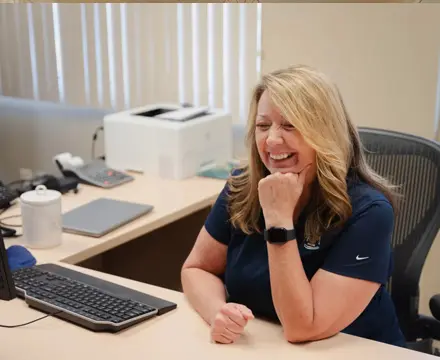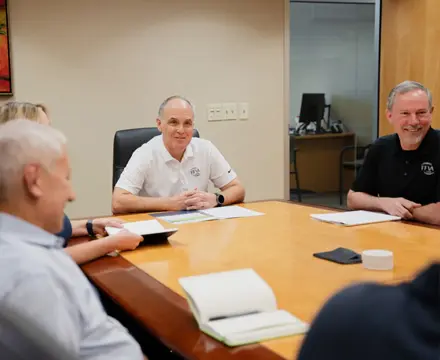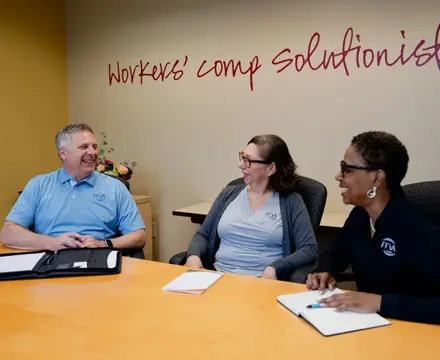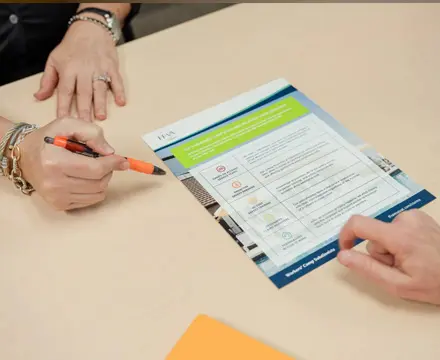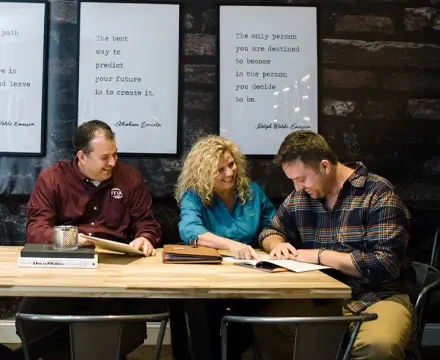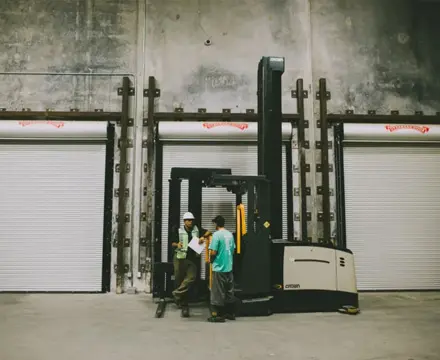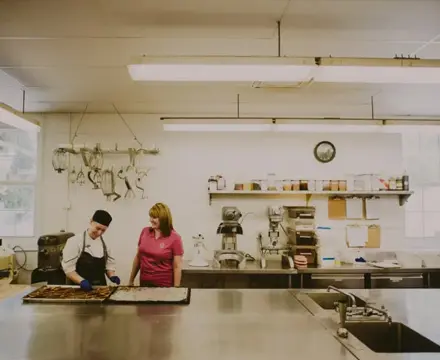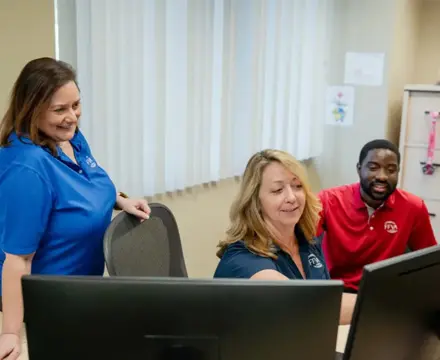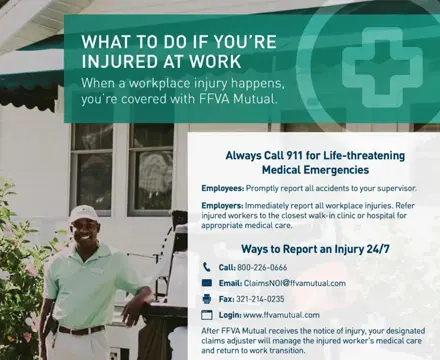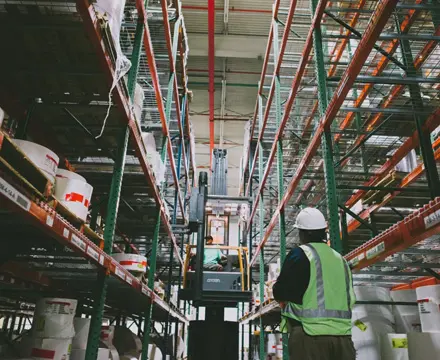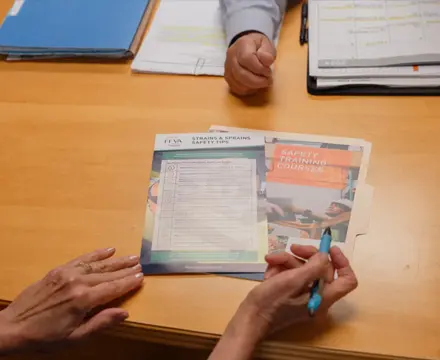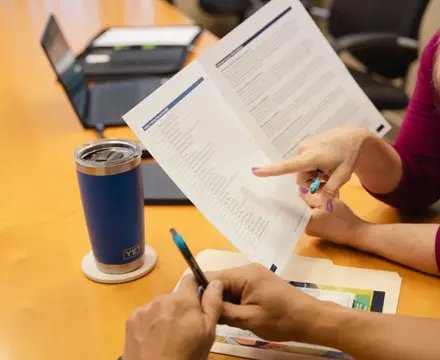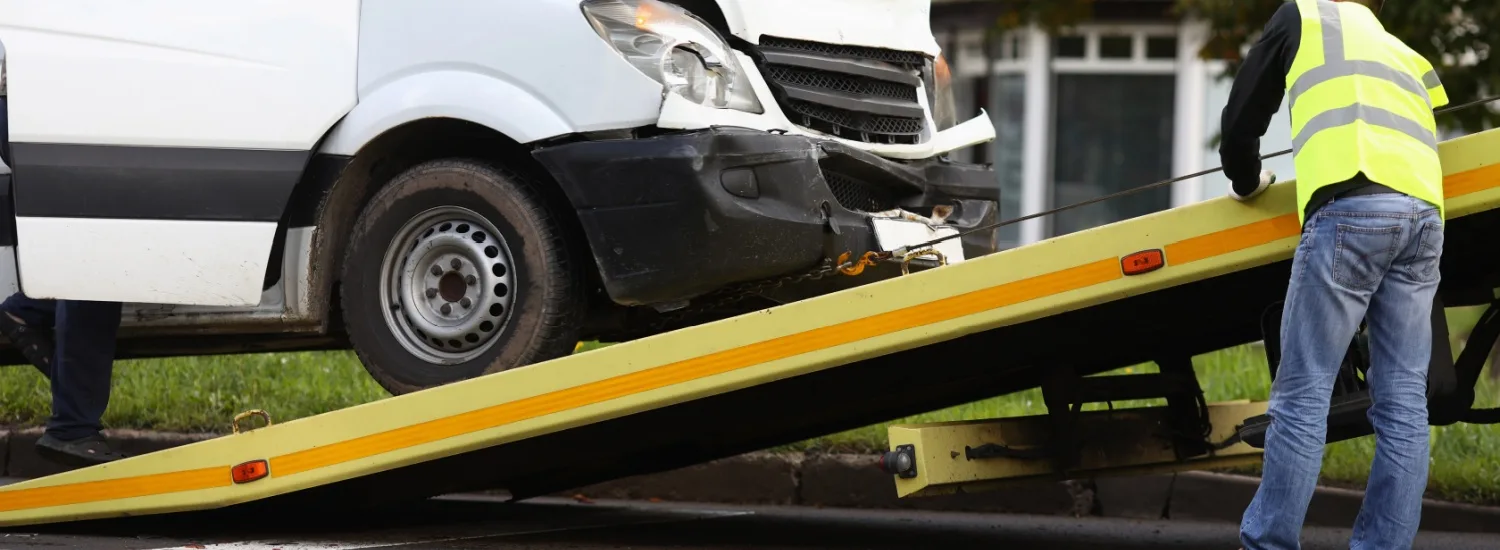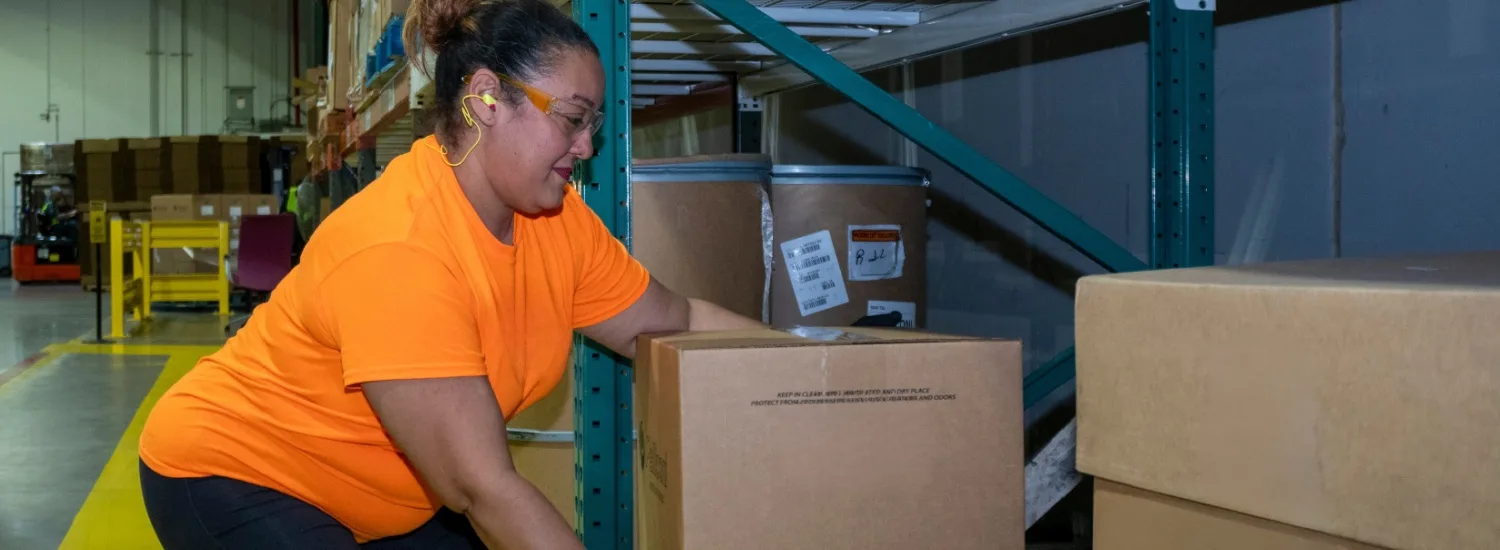Ideas for your Next Meeting
Creating a culture of safety in the workplace is all about collaboration and we’re here to help with safety committee meeting topics. By bringing together business leaders, management and boots-on-the-ground workers, businesses can establish long-term strategies to improve worker safety, reduce the risk of on-the-job hazards and develop an effective safety program. Since ensuring occupational safety and health is a shared responsibility, it’s important for employers to create spaces where people with different backgrounds and perspectives share their insights. That’s where safety committee meetings can make a real difference.
What is a Safety Committee?
A safety committee is a group of people within an organization that regularly comes together to discuss key safety topics, make improvements to existing policies and develop new safety training initiatives. As noted by Safety and Health Magazine, protecting workers and making meaningful changes to safety programs requires advocates at every level within an organization. As such, safety committee members should reflect the diverse nature of an employer’s workforce by including a safety director, middle management and hands-on employees.
While safety committees aren’t mandatory for every organization, there are currently 14 states that require certain employers to have one in place, according to the Occupational Health and Safety Administration (OSHA). That said, every company can benefit from conducting safety committee meetings and staying proactive in the face of new challenges and opportunities.
What’s the Difference between Safety Committee Meetings and Safety Talks?
Many employers hold short safety talks , also known as “toolbox talks,” to inform employees about pressing work-related hazards, new safety practices and trending topics. These get-togethers are brief, educational in nature and usually don’t have a direct impact on an employer’s safety program as a whole. Instead, safety talks serve as a point of reflection about the daily challenges employees may face, with possible topics including hazardous conditions, mental health issues or the dangers of distracted driving. FFVA Mutual’s has on-demand short talks on a variety of safety topics view them here.
Safety committee meetings are much more administrative, as participants are tasked with reviewing documented health and safety policies, developing safety training schedules and ensuring OSHA standards are being upheld across the organization. These “big picture” safety meetings are essential for setting clear guidelines, policies and procedures that impact the daily lives of countless workers. Of course, it can be hard to decide on safety committee meeting topics that are relevant and timely, as new hazards and safety techniques are constantly popping up.
5 Safety Committee Meeting Topics
Safety committee meetings offer employers the opportunity to reflect on pressing occupational health and safety issues at a high level. Rather than discussing how to avoid slips and falls, a safety committee might develop new hazard identification measures to eliminate fall-related risks from worksites. This process- and solutions-focused approach not only helps reduce the risk of workplace accidents, it can also proactively control workers’ compensation costs and cultivate a culture of safety across departments. Below are 5 key safety committee meeting topics every business should work into their schedule:
1. OSHA Compliance
OSHA standards play a crucial role in workforce management, safety program development and accident prevention. Failing to uphold OSHA’s standards, whether general or industry-specific, can lead to financial penalties and may increase the risk of on-the-job injuries and illnesses. To stay relevant, OSHA regularly revises its guidelines, which can cause disruption for compliance-minded employers. For example, OSHA recently updated its recordkeeping guidelines to reduce the reporting burden placed on smaller organizations. Keeping pace with these changes is crucial, which is why OSHA compliance should be a recurring safety committee meeting topic.
When OSHA updates are released, safety committee members should get together to discuss how the changes will impact their safety program and day-to-day operations. If new guidelines require additional safety training, committee members may have to create new learning materials and toolbox talks to get the word out.
Related Resources from FFVA Mutual
- Annual OSHA Updates Webcast
- OSHA Recordkeeping: A How-To Guide for Employers
- OSHA Recordkeeping and Required Documentation Webcast
- OSHA Most Frequently Cited Short Talk
- Top 10 OSHA Violations Infographic
2. Hazard Assessment
Conducting annual hazard inspections of each worksite is essential for locating threats to employee safety and health, creating emergency response plans and developing a forward-looking safety program. Safety committees should meet to plan hazard assessments in advance and to review the results of past worksite reviews. This process is part of OSHA’s regulatory guidelines and must be performed on a periodic basis and after an accident has occurred. The goal of these assessments is to track down the root causes of workplace injuries and illnesses. Once identified, safety committee members should review best practices in their industry to create proactive measures that can reduce the risk of repeat incidents.
Related Resources from FFVA Mutual
- Hazard Communications: An Employers Guide
- Office Safety Hazards: A List of Common Workplace Risks
- Job Hazard Analysis Webcast
3. Safety Training
Another core responsibility of safety committees is to ensure all employees receive the training and support they need to stay safe at work. Hands-on safety training can provide essential context for trending health and safety topics, specific workplace hazards and new accident-prevention techniques. In many cases, safety committee meeting topics around training can be transformed into toolbox talks, learning courses and group activities that help drive comprehension and awareness. Some important safety topics to consider include:
- CPR and first aid
- Defensive driving
- Fall prevention systems
- Hazard communication
Committee meetings focused on safety training can also be used to hash out corrective actions for employees who fail to uphold the employer’s documented policies. While enforcement of a safety program should not be too heavy handed, managers will want to make it clear that these practices are meant to protect both individual employees and their peers.
FFVA Mutual offers in-person and online training at no cost to policyholders. Click here to view our safety training course list and to request training for employees, visit this page.
4. Return-to-Work Policies
When employees suffer a serious accident at work, companies need to provide personalized return to work programs that encourage the employees’ recovery and support their transition and return to their pre-injury duties. In many cases, this involves assigning modified or light-duty tasks that are meaningful, but not too labor intensive. Safety committee meetings can be a valuable testing ground for new return-to-work practices, as members can work together to create a comprehensive list of light-duty assignments. Since return-to-work plans come in many different shapes and sizes, safety committees can also review challenging cases and develop customized support systems that meet specific needs.
Related Resources from FFVA Mutual
- Why Employers Need a Return to Work Program
- What You Need to Know about Light Duty Work
- 5 Benefits of a Return to Work Program Infographic
5. Safety Program Improvement
Workplace safety programs aren’t static documents – they require constant pruning and revision to be relevant, useful and compliant with OSHA’s standards. In a way, all safety committee meeting topics have some connection to an organization’s overarching safety program, and for good reason. By constantly refining policies and procedures, employers can build a culture of safety that emphasizes proactivity over reactivity. Being able to adapt to new opportunities and constraints before accidents occur is the golden standard for workplace safety, which is why committee members should set aside time in their meetings to talk through areas where improvement is needed.
If your organization is looking to develop meaningful safety committee meeting topics, the experts at FFVA Mutual are here to help. Our Solutionists can work alongside you to improve your safety program and reduce workplace hazards to help keep employees safe at work. Have safety committee or safety-related question? Ask now!




